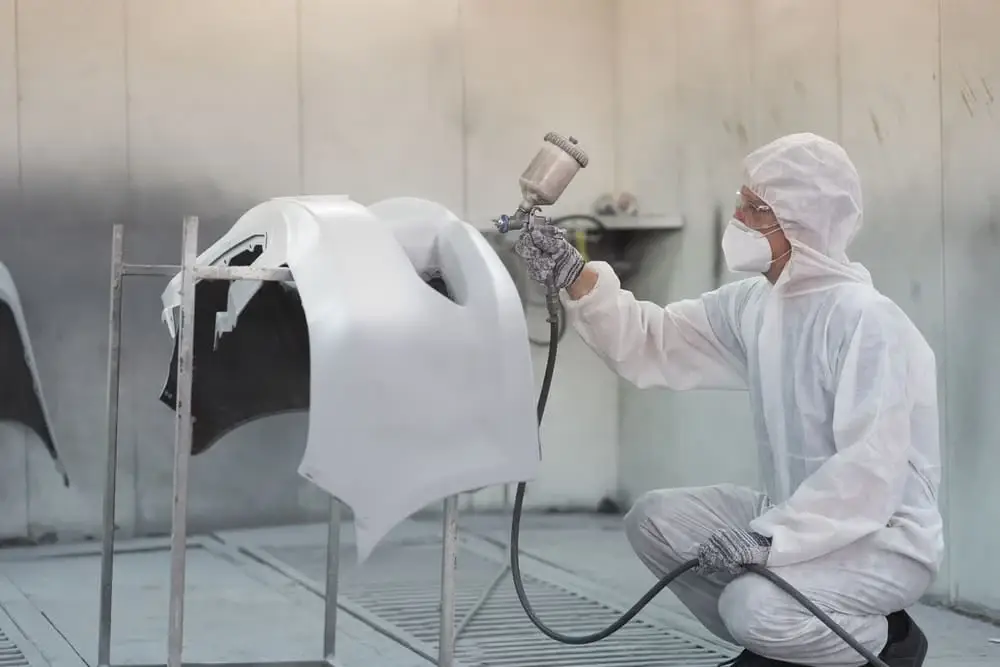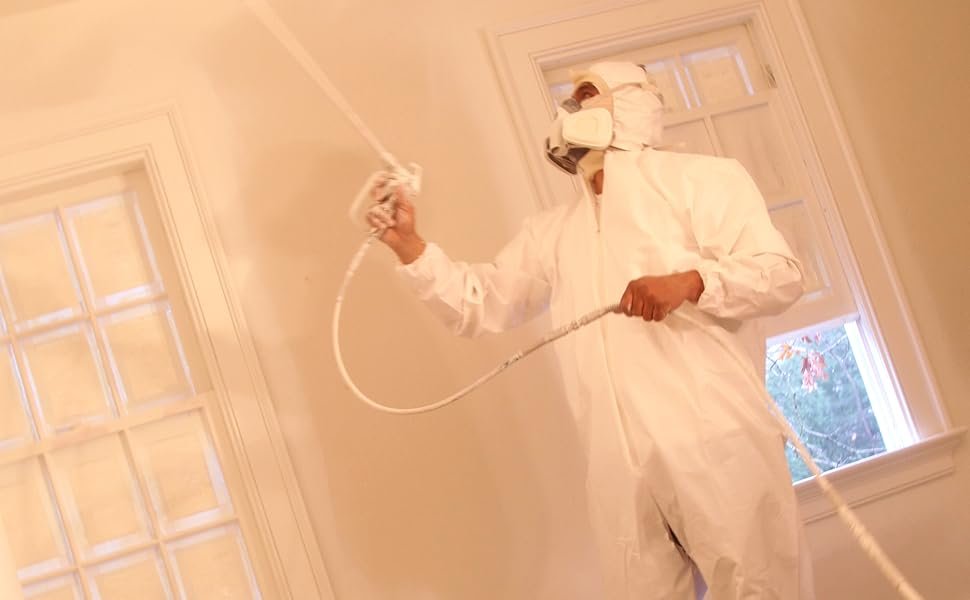When it comes to painting—whether you’re a professional contractor or a DIY enthusiast—protecting your clothing and maintaining a clean work environment is essential. One of the most effective ways to do this is by wearing disposable coveralls. These one-time-use garments provide a barrier between paint, solvents, and your skin or clothes, ensuring safety and convenience. However, not all disposable coveralls are created equal. Choosing the right ones can make a significant difference in comfort, protection, and overall job efficiency. Here’s a comprehensive guide to help you select the best disposable coveralls for painting.

1. Understand the Types of Materials
The material of a disposable coverall determines its durability, breathability, and resistance to chemicals and liquids. For painting applications, the most common materials include:
- Polypropylene (PP): Lightweight and economical, polypropylene coveralls offer basic protection against dry particles and light splashes. They are suitable for low-risk painting jobs involving water-based paints but may not withstand oil-based paints or solvents.
- Polyethylene (PE) Coated Fabric: This material features a plastic coating that enhances liquid resistance. PE-coated coveralls are ideal for protecting against paint splatters and mild chemical exposure. They strike a good balance between affordability and functionality.
- SMS (Spunbond-Meltblown-Spunbond): Made from multiple layers of non-woven fabric, SMS coveralls offer superior strength, breathability, and protection against both liquids and particulates. They are excellent for prolonged use and more demanding painting environments.
- Tyvek®: A high-performance synthetic material made from flash-spun high-density polyethylene fibers, Tyvek® provides exceptional tear resistance, particle filtration, and moderate liquid repellency. It’s highly recommended for professional painters working with hazardous materials or in dusty environments.
For most painting tasks, especially those involving solvent-based paints or spray applications, SMS or Tyvek® coveralls are the top choices due to their enhanced protective qualities.
2. Consider the Level of Protection Needed
Different painting projects require different levels of protection. Ask yourself the following questions:
- Are you using water-based or oil-based paints?
- Will you be spraying paint or using brushes/rollers?
- Are you working indoors or outdoors?
- Is there exposure to dust, fumes, or other airborne particles?
If you’re handling aerosol sprays or toxic solvents, opt for coveralls with a higher level of chemical resistance and full-body coverage, including tight cuffs and hoods. Look for coveralls labeled as “Type 3,” “Type 4,” or “Type 5/6” according to EN 14126 standards, which indicate protection against liquid chemicals or biological hazards.
For simple touch-up jobs or indoor wall painting with latex paint, a lighter-duty PP coverall or PE-coated suit may suffice.
3. Prioritize Comfort and Mobility
Even the most protective coverall won’t be effective if it’s uncomfortable to wear. Since painting often involves bending, stretching, and extended periods of activity, mobility is crucial.
Look for features such as:
- Elastic wrists and ankles to prevent paint from entering while allowing ease of movement.
- Integrated hoods for head protection during spray painting.
- Breathable fabric to reduce overheating, especially during long shifts.
- Front zipper with storm flap for easy on/off and added protection against leaks.
A well-fitted coverall should allow full range of motion without feeling too tight or too loose. Many disposable coveralls come in multiple sizes (small to XXX-large), so choose one that fits snugly but comfortably.
4. Check for Safety Certifications
Always verify that the disposable coveralls meet relevant safety standards. In the U.S., look for compliance with OSHA (Occupational Safety and Health Administration) guidelines. Internationally, check for CE marking and conformity with European standards like EN 14126 (for protective clothing against infectious agents) or EN 1149 (for electrostatic properties).
For painting in environments with flammable vapors, anti-static coveralls are essential to reduce the risk of sparks. These are typically made with conductive threads and labeled as “antistatic” or “ESD-safe.”
5. Evaluate Cost vs. Value
While disposable coveralls are generally affordable, prices vary based on material and features. Basic PP suits might cost less than $2 each, while premium Tyvek® models can exceed $10 per unit.
Rather than choosing solely based on price, consider the value. A slightly more expensive coverall that offers better durability, comfort, and protection can save money in the long run by reducing the need for frequent changes or accidental damage to personal clothing.
Additionally, buying in bulk often reduces the per-unit cost, making it a smart choice for contractors or teams.
6. Environmental and Disposal Considerations
After use, disposable coveralls contaminated with paint—especially oil-based or lead-containing paints—must be disposed of properly according to local regulations. Never reuse a coverall that has been exposed to hazardous substances.
If environmental impact is a concern, some manufacturers now offer biodegradable or recyclable options, though these are still limited in the market. Always follow safe disposal practices to protect both people and the planet.

Choosing the right disposable coveralls for painting is about balancing protection, comfort, and practicality. By understanding the materials, assessing your project’s demands, and selecting garments with appropriate features and certifications, you can ensure a safer, cleaner, and more efficient painting experience. Whether you’re refinishing a room or tackling an industrial coating project, investing time in selecting the proper protective wear pays off in performance and peace of mind.


